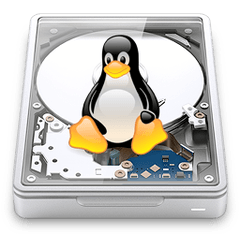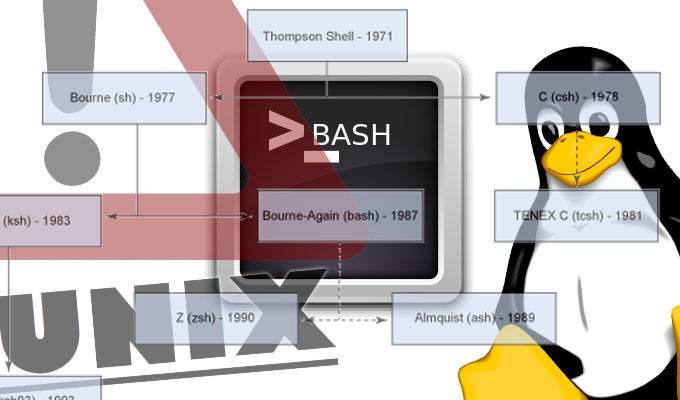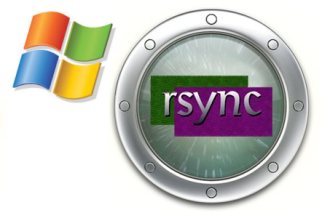Linux remote control from your smartphone via SSH button widgets
![]() In this post I will tell you about an Android app that is extremely useful to run commands remotely on a Linux computer: Hot Button SSH Command Widget. This application allows you to launch conveniently any command you want on a remote computer through SSH only with the push of a button on the screen of your mobile phone or tablet. This not only will facilitate automation of repetitive tasks, but also is very interesting from the perspective of security for the same reasons I exposed in my Automatically lock/unlock your screen by Bluetooth device proximity post. It will allow you for example to lock and unlock the screen without having to type your password again and again in sight of other people.
In this post I will tell you about an Android app that is extremely useful to run commands remotely on a Linux computer: Hot Button SSH Command Widget. This application allows you to launch conveniently any command you want on a remote computer through SSH only with the push of a button on the screen of your mobile phone or tablet. This not only will facilitate automation of repetitive tasks, but also is very interesting from the perspective of security for the same reasons I exposed in my Automatically lock/unlock your screen by Bluetooth device proximity post. It will allow you for example to lock and unlock the screen without having to type your password again and again in sight of other people.


 I am a strong supporter of simplicity and the principle that less is more, but as far as security and performance of information systems is concerned, we must be able to strike a balance between keeping things simple and exposing ourselves as little as possible to potential threats while trying to obtain the maximum performance of all system elements involved.
I am a strong supporter of simplicity and the principle that less is more, but as far as security and performance of information systems is concerned, we must be able to strike a balance between keeping things simple and exposing ourselves as little as possible to potential threats while trying to obtain the maximum performance of all system elements involved.


